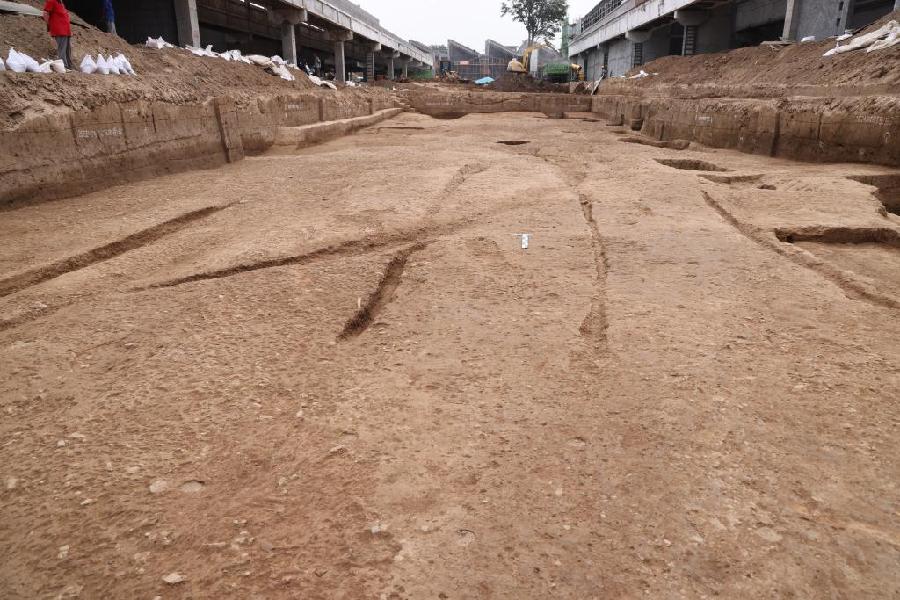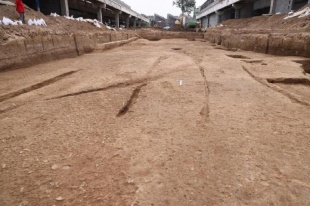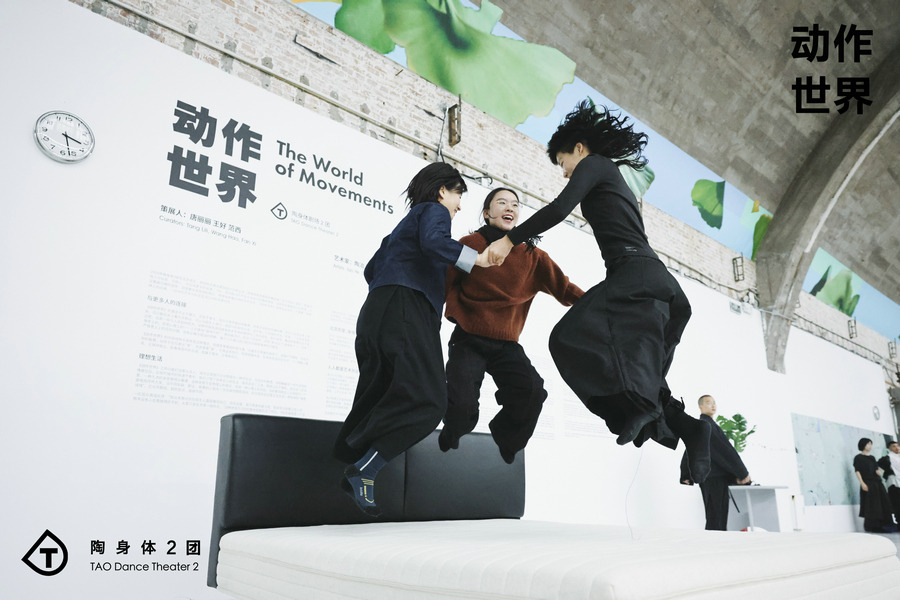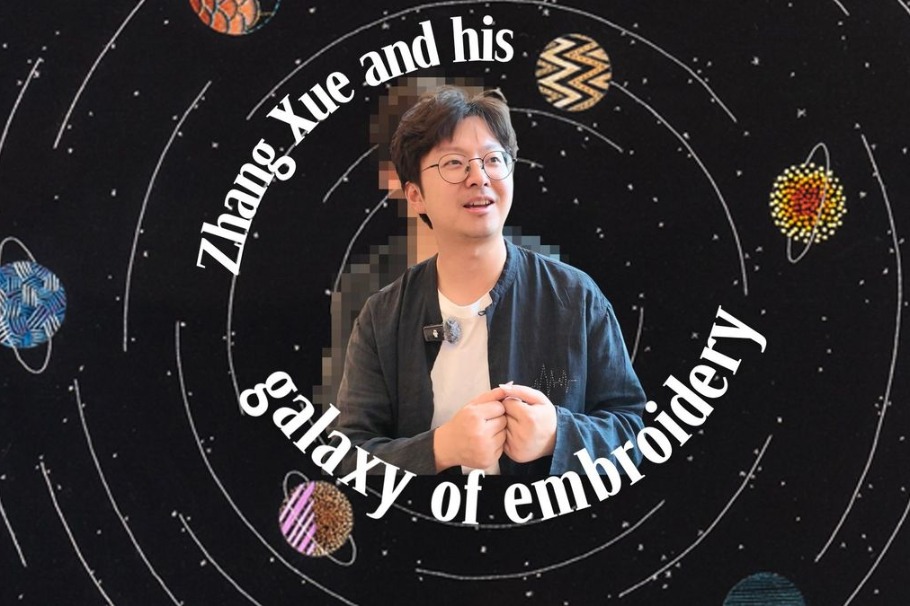Millennia-old road sheds new light on Central China's UNESCO site


Archaeologists recently discovered a city road dating back over 3,000 years in Yinxu, or the Yin Ruins, in Anyang city of Central China's Henan province, offering new insight on archaeological studies of the UNESCO World Heritage Site.
The east-west road, which has been excavated for a length of 80 meters so far, stretches 14 meters in width at its widest point.
It is paved with pebbles, bones and broken pottery pieces of similar sizes, said He Yuling, a researcher with the Institute of Archaeology of the Chinese Academy of Social Sciences, adding that several rut marks are clearly visible on the road surface.
The newly-discovered road runs parallel to a previously unearthed road. The two roads are 500 meters apart and both intersect with another previously unearthed north-south avenue, forming a block-like urban structure with remnants of densely distributed residences, tombs and handicraft workshops on both sides of the road, He said.
The layout of Yin, capital of the late Shang Dynasty (1600-1046 BC), has been a focal point for archaeologists.

Similar road intersections had previously been discovered in the ruins, but the latest discovery adds fresh information to relevant studies such as the transportation network and functional zoning, particularly in the area north of the Huanhe River which flows through the ruins.
It will also help with further research on settlement structure, governance model and division of labor in the handicraft industry of Yin, He said.
The Yin Ruins was added to the UNESCO World Heritage List in 2006. It's particularly famous for oracle bone scripts discovered within, which are considered to be the oldest Chinese inscriptions.





































